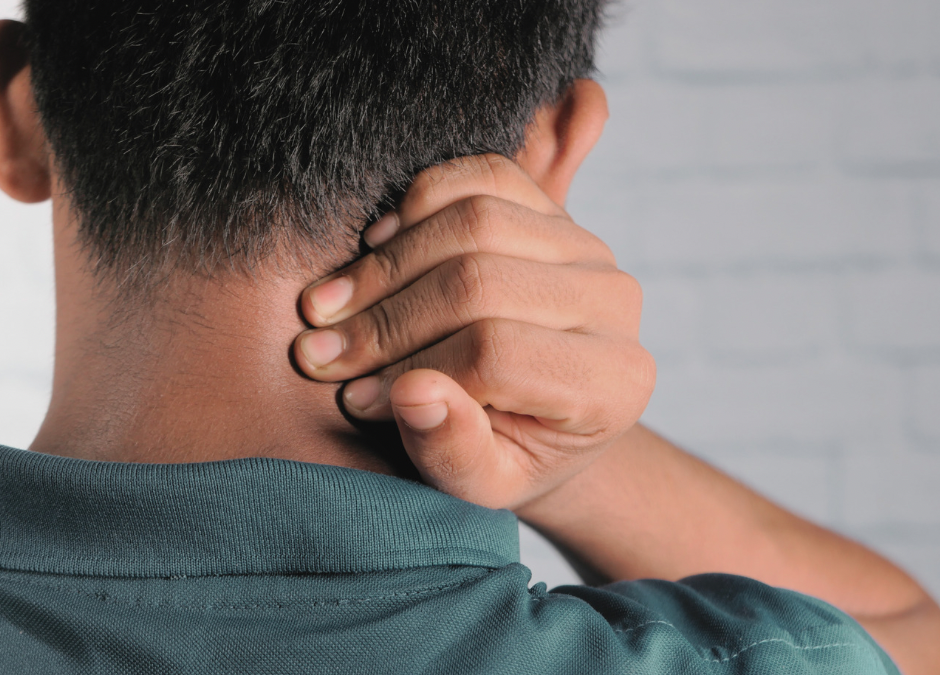Pain types
Everyone experiences pain at some point in their life and it can affect us in many different ways. But did you know there are actually different types of pain?
Read on to learn a bit about some different types and how our Osteopathic Practitioners can help.
Neuropathic Pain:
Neuropathic pain originates from damage or malfunction in the nervous system, causing abnormal signals to be sent to the brain. It is often described as burning, tingling, or shooting sensations. Conditions such as diabetic neuropathy or sciatica can lead to neuropathic pain. Management may involve medications targeting nerve function, exercise rehabilitation, and lifestyle modifications.
Nociceptive Pain:
Nociceptive pain arises from the activation of pain receptors (nociceptors) in response to tissue damage or inflammation. It is a protective mechanism alerting the body to potential harm. Examples include pain from a cut, burn, or fracture. Treatment focuses on addressing the underlying cause and may include pain relief through treatment or other interventions.
Radicular Pain:
Radicular pain occurs when the spinal nerve roots are irritated or compressed, leading to pain that radiates along the nerve pathway. This often results from conditions like herniated discs or spinal stenosis. The pain may follow a specific dermatomal (where nerves supply over the body) pattern and may be accompanied by other neurological symptoms. Treatment aims to alleviate nerve compression through exercise rehab, hands-on treatment, lifestyle modifications, and referral to physicians if necessary.
Chronic Pain:
Chronic pain persists over an extended period, often lasting for months or even years. Unlike acute pain, it may not serve a clear protective function and can significantly impact a person’s quality of life. Conditions like fibromyalgia, certain types of arthritis, or chronic migraines can cause chronic pain. Management can sometimes involve a multidisciplinary approach, including medications, osteopathic treatment, psychological support, and lifestyle modifications.
Osteopathic Treatment and Pain:
As an osteopathic practitioner, I emphasize a holistic approach to healthcare, addressing the interconnectedness of the body’s structure and function. We use manual techniques to improve joint mobility, enhance circulation, and alleviate muscle tension. For various types of pain, osteopathic treatment aims to restore balance and promote the body’s self-healing mechanisms. By addressing underlying structural issues and optimizing overall health, osteopathy can play a supportive role in managing acute and chronic pain. I can also give advice on everyday activities and some exercises to help manage symptoms and become stronger. It is crucial to consult with a healthcare professional to determine the most appropriate treatment plan for individual pain conditions.
If you have any questions regarding an Osteopathic Practitioners management of pain and how it may help you, click here, or if you’d like to book an appointment, you can book online or reach Jai at jai@anantaosteopathy.com
Our Osteopathic Practitioners do not diagnose or practice medicine, nor do we attempt to treat disease. If you are concerned about any medical pathology and/or disease, always consult your physician prior to exploring Osteopathic Manual Therapy.

